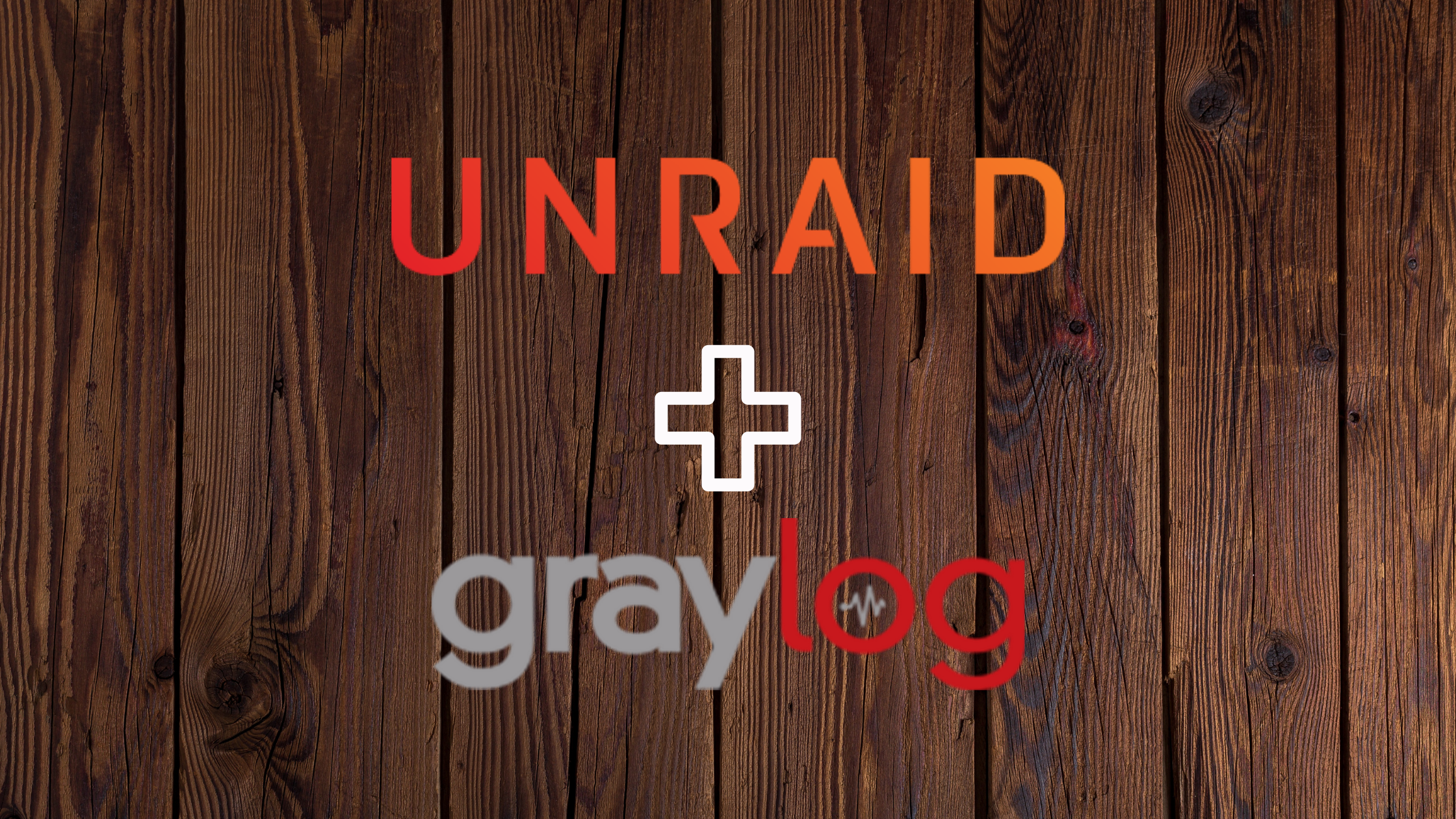
Cloudflare Static Site Hosting
Introduction In this previous post, I detailed my transition from WordPress to Hugo static sites. This post discussed hosting the site locally in a Docker container web server and exposing ports 80 and 443 to a reverse proxy on my DMZ network. Today, I will show you how you can host your Hugo static site on Cloudflare–FREE. This will absolve your responsibility to host the site, expose ports to the public, and deal with SSL certs. Cloudflare will automatically take care of all of this for you, and Clouflare will even automatically build your site from a Git repo when changes are pushed. ...



